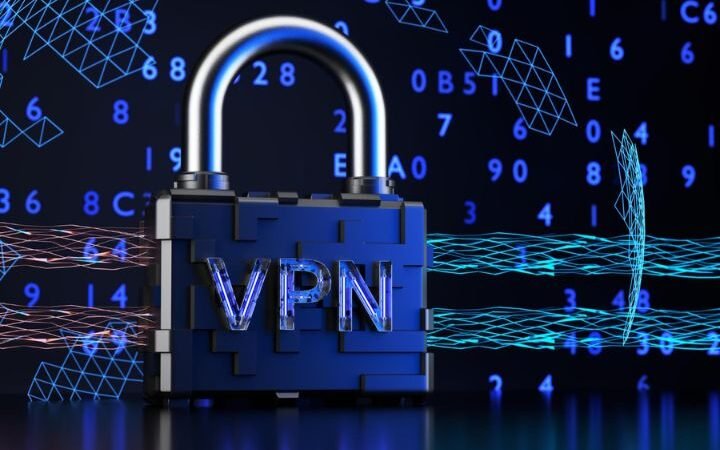127.0.0.1:49342 – Understanding Its Role in Networking & Troubleshooting Issues

In the field of networking and software development, the IP address 127.0.0.1:49342 has a special meaning. It along with a port number depict a loopback address and is frequently used in local testing, API, and application debugging. Almost every developer, system administrator or any common user, meets this address in logs, messages or settings in the systems.
It is critical to familiarize with 127.0.0.1:49342, the causes for its use, and possible issues to handle them efficiently. So, if you are a developer who is testing applications locally, configuring virtual machines and servers, or have multi-server environments, understanding how to work with this address will enhance performance and security.
In this article, you will learn about what 127.0.0.1:49342 is, its application and usage, security issues surrounding it, and how to address problems that occur when using the port.
What is 127.0.0.1:49342?
Understanding 127.0.0.1:49342 can be made easy when we break it into two sections or parts as follows:
- 127.0.0.1 (Localhost) – This is an IP address in a private-use range and it is used to host applications and services on the same computer. This is a default gateway used for testing and only the request which is being made to the 127.0.0.1 does not reach the internet.
- Port 49342 – It is a high-numbered port assigned to an application or a service that is running locally. This is in view that ports assist in providing the distinction of multiple services functioning concurrently.
Why is 127.0.0.1:49342 Used?
1. Software Testing and Development
It is the loop back address that developers employ to run some applications before introducing them on live host with the number 127.0.0.1:49342. It helps one to mimic server response, trace problems and optimize speed.
2. API Communication
For development, most APIs are tested and run locally on a programmer’s computer. If an API server is set to listen to connections on 127.0.0.1:49342, then the server can only be accessed on that machine.
3. Virtual Machines & Containers
Many services when loaded using virtualization software such as Docker or VirtualBox operate on various ports in the similar machine. A virtual machine may bound on 127.0.0.1:49342 in order to provide secure interaction with the host OS.
4. Multi-Server Management
When several local services are being used by the administrators, they should use different port numbers to prevent clashes. Port 49342 is shown as a TCP port that is created dynamically for performing several purposes accorded to it.
5. Security & Isolation
Loopback addresses help to avoid obtaining pointers to external sites and networks since they allow only limited access. This means that any services which are bound with the IP address 127.0.0.1 can only be accessed by applications on the developer’s machine.
Security Considerations for 127.0.0.1:49342
Although 127.0.0.1:49342 is designed for local use, improper configuration can lead to security risks. Here’s what you should consider:
1. Unauthorized Access
- Whenever an application exposes services that are usually accompanied by “localhost,” dangers may occur, and attackers may infiltrate it.
- To achieve this, utilize the firewall by making sure that accessing and binding of the service pinned to the IP 127.0.0.1 isn’t available externally.
2. Firewall Configuration
- Firewalls should be configured in a way that either permits or denies traffic reaching 127.0.0.1:49342, depending on the security requirements.
- The presence of misconfigured firewalls means that the key application is prevented from running as expected.
3. Secure API Endpoints
- When developing API services to be hosted on localhost, there are several things that should be put in place.
- For that reason, they should better stay protected from possible internal threats despite the fact that these services do not encompass a wide geographical area.
4. Regular Updates & Patches
- The applications utilizing 127.0.0.1:49342 should be updated frequently to fix any existing security issues.
- One common risk can be taken advantage of if web servers, databases, or local applications are vulnerable because data might be jeopardized even if they are installed locally.
Best Practices for Using 127.0.0.1:49342
To ensure smooth operation and security when working with 127.0.0.1:49342, follow these best practices:
1. Use Proper Port Management
- Only use port numbers that are hard-coded if it is unavoidable.
- Prevent the conflict where possible, and one of the ways of doing so is through the dynamic port allocation in the possible areas of the network.
2. Secure Local Services
- Restrict access using authentication mechanisms.
- Use encryption (SSL/TLS) for the flow of sensitive/information security.
3. Monitor and Log Traffic
- Use system logs to monitor the connections to 127.0.0.1:49342.
- Check logs for irregularities on a constant basis.
4. Automate Testing & Debugging
- Check for a port conflict and crash on the server by availing of automated tools.
- Build CI/CD pipelines to make sure that localhost environments run well.
Conclusion
127.0.0.1:49342 is also used in local testings, setting up the servers, APIs, and virtual machines. Although they ease development and testing, misuse may result in port collision, security issues, and various applications’ failure.
As you learn how to set up, diagnose and secure localhost services, which are running on port 49342, you will achieve efficiency at work and improved security at your network.
Evaluating 127.0.0.1:49342 makes it easier for developers, system administrators, and IT professionals to establish better local environments. Either you are testing a web application, handling APIs, or running a virtual server then this pair of IP-PORT plays a significant role in the current network.
Also Read: Exploring 127.0.0.1:57573 – Meaning, Errors, and Fixing Tips


